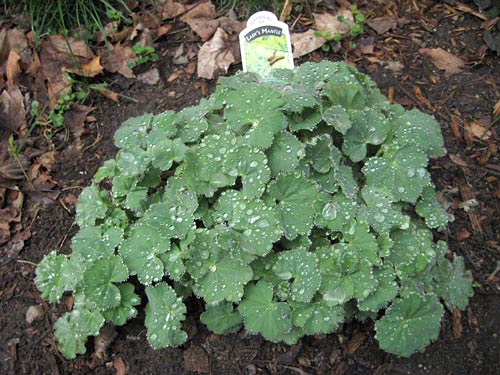May Bloom Day is upon us! The end of last week and over the weekend we had some warmer weather during an otherwise cool Spring. It took just those handful of days for the tulips to bloom and the trees to leaf out. My allergies have also been telling me the garden is now is full swing.
Last season we had three arborvitae removed from in front of our porch. They were planted very close to the porch and also had grown tall enough to block our view. This left a large area we decided to plant with a variety of early to mid spring tulips.
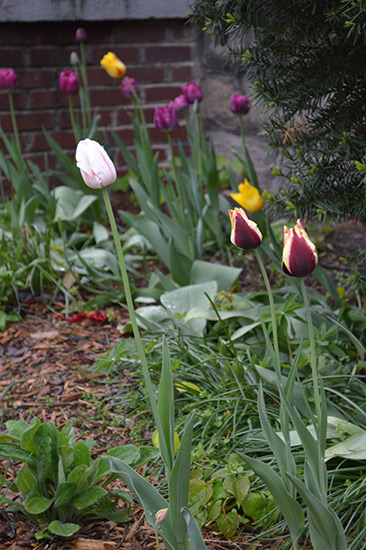
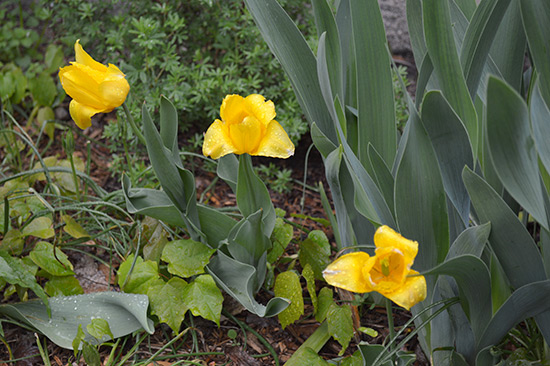
This next little plant is Rock Cress (Arabis sturii). There are rocks placed behind our backyard gate door, so a ground cover was needed to dress up the area. This plant receives morning sun and doesn’t grow much larger than shown.
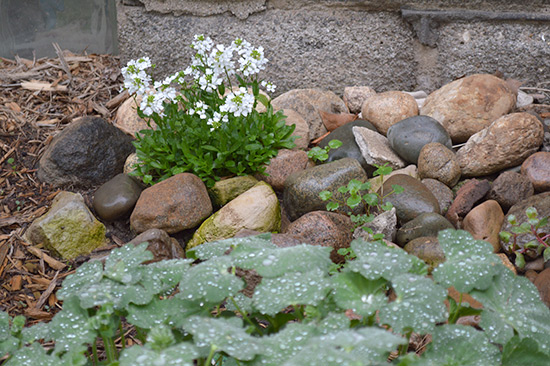
All the Labrador Violets are in bloom around foundation in both the backyard and along the east side of the house.
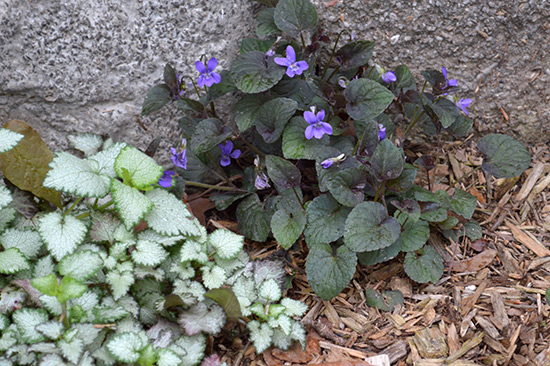
Last season Sweet Woodruff (Galium odoratum) was planted in the backyard on the north side of the house. It isn’t quite in bloom yet, but I’m not sure if it will make it to June Bloom Day. We placed the Woodruff near our finch feeder at the kitchen window to help camouflage the discarded thistle seed. This ground cover is quite content in the shade.
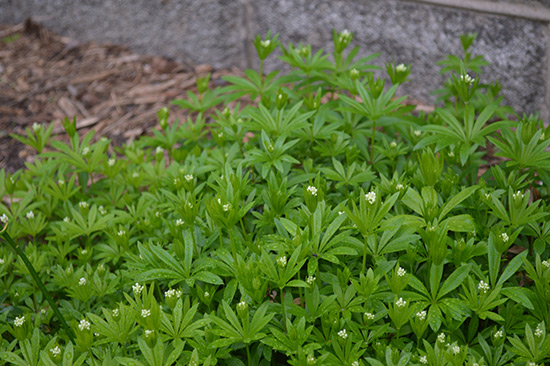
This is one of my favorite plants on the Lot. The Foam Flower is so delicate and pretty, yet quite a tough plant. In the foreground of the photo, the Snow Angle Coral Bell is just beginning to send up its flower stalks.
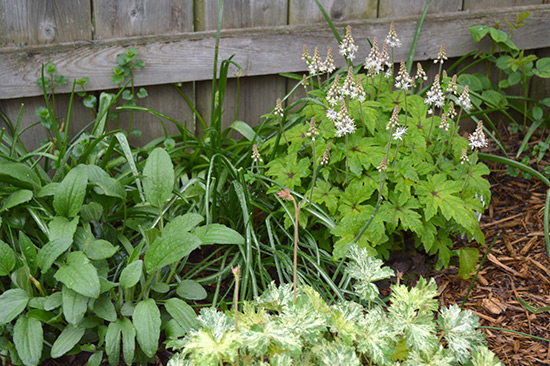
This is the Bleeding Heart, one of the first perennials we planted on the Lot when we moved into our home in 2008. Even after a tussle with an aggressive Trumpet Vine last season, it’s still going strong. There are a handful of Forget-Me-Not and Grape Hyacinth in the foreground.
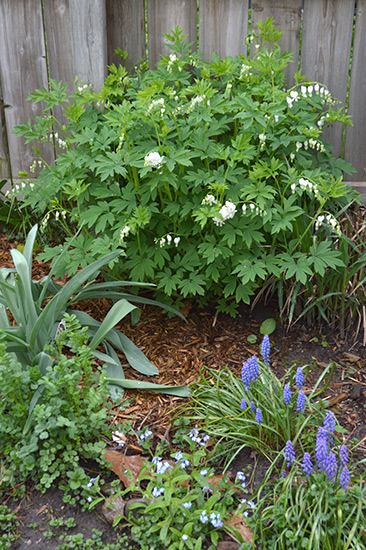
Here is the Cranesbill brightening up the walkway back to the compost bin beside the garage. This plant lived on the Lot before we did.
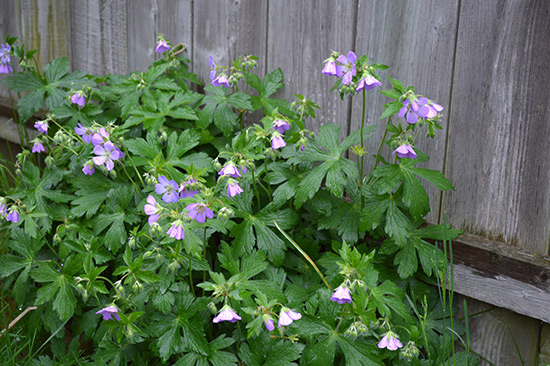
The variegated Solomon’s Seal is in the process of blooming at the edge of Loki’s flowerbed.
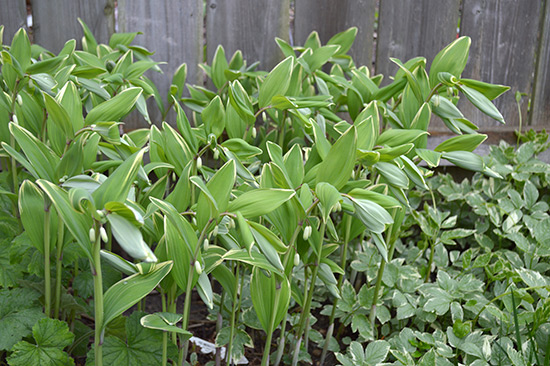
This is the remainder of that same bed. The Lenten Rose, Forget-Me-Not, and Grape Hyacinth are all blooming here.
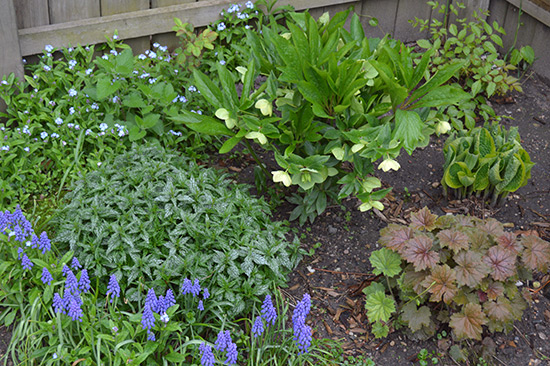
Here is the Mt Airy Fothergilla putting on its Spring show. The flowers are likened to bottlebrushes in appearance. Upon further inspection, this is because the flower on Fothergilla are only filaments and have no actual petals.
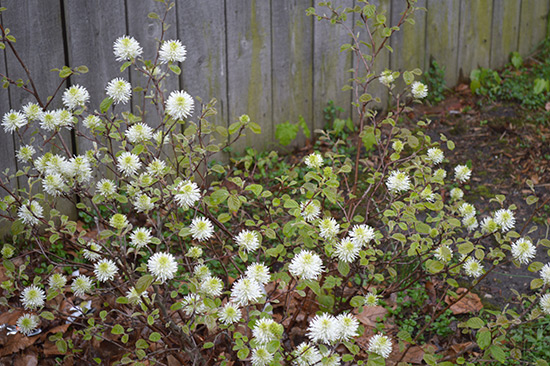
Here are more Grape Hyacinth! It seems I will never have to plant a single one of these bulbs on the Lot again. Oh, there is also the lovely dandelion in the bottom left.
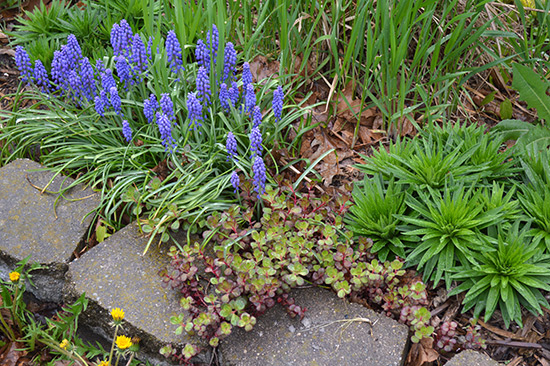
That is all to share from the Lot this Bloom Day. Be sure to visit May Dreams Gardens to see what is blooming in gardens around the rest of the world!
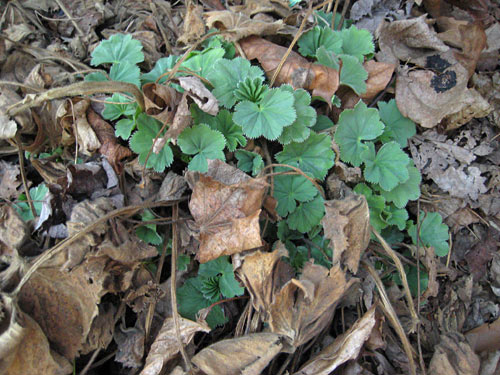
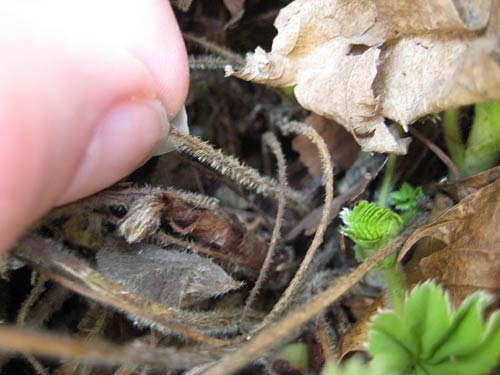
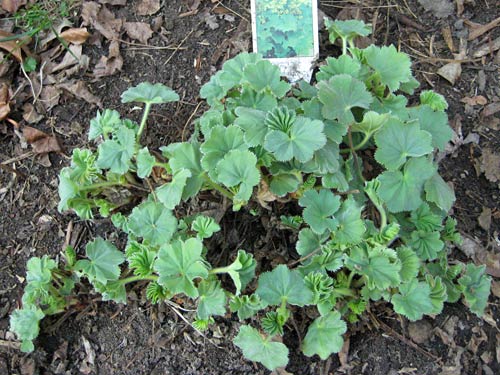
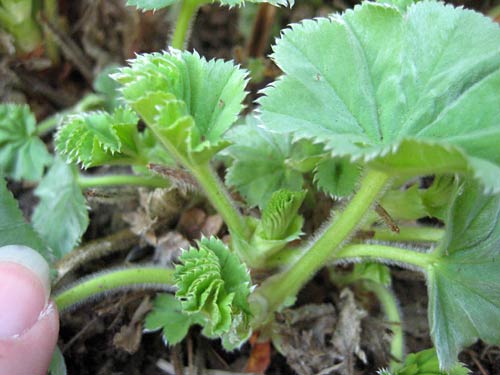 After four more days of warm weather and a Spring rain, this is how the Lady’s Mantle appeared. Not bad.
After four more days of warm weather and a Spring rain, this is how the Lady’s Mantle appeared. Not bad.